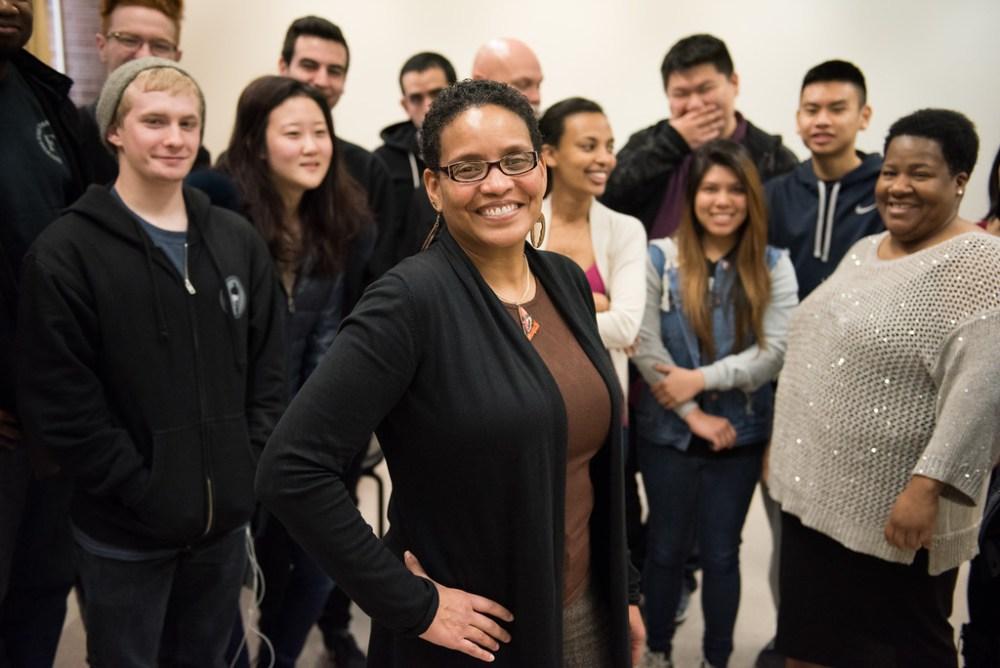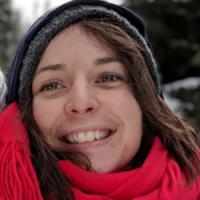
The course format and content allowed a unique and particularly supportive learning community to emerge, to some degree because the instructors bonded and developed a learning community amongst themselves.
“Speaking Up: Building Bridges, Building Community” was the title of a class co-taught by Marian Lyles, my mentor, during the fall of 2018. She and her co-instructors—Erin Steinke (English), Sharon Spence-Wilcox (Information Resources), and Krysta Walia (College Success)—were contacted by the Learning Communities Committee at Seattle Central College to teach to the theme of “Speaking Up” in the fall of 2017. Team-taught courses—also known as Coordinated Studies courses—are part of the Learning Communities project to encourage creative and critical thinking by engaging academic content through the lens of students’ life experiences. The courses bear 10 credits in either History, Humanities, English, or Composition, and they give students an opportunity to explore an interdisciplinary topic in depth. As they provide an incredibly rich and innovative model, I want to highlight how Coordinates Studies courses can impact college students, their instructors, and the wider community, looking in particular at the example of the pilot run of “Speaking Up.”
The target audience for this course was students who had just finished high school. The team used various advertising strategies to solicit enrollment: posting flyers throughout the college and on Canvas, contacting college advisers and counselors, and presenting at new students orientations and in other classrooms. “If students can see your face, they know who you are,” said Marian. The team-taught pilot project went above and beyond everyone’s expectations. The course format and content allowed a unique and particularly supportive learning community to emerge, to some degree because the instructors bonded and developed a learning community amongst themselves. This allowed them to collaboratively design curriculum “that would allow students to feel comfortable to speak up for social change,” according to Marian. When I asked her what helped to create this environment for students, she cited the format: a 170-minute class, four days a week. Of course, the carefully scaffolded content also allowed students to feel more and more comfortable with each other and to open up slowly about their sense of identity and community. After beginning with 1-2 minute oral presentations on “Where I’m From” at the start of the quarter, students eventually built up their confidence to deliver 3-5 minute presentations on “My World View” mid-quarter. Eventually, they prepared group presentations on subjects such as prison conditions in the U.S. or human trafficking. Marian noted that students “felt more comfortable sharing” not only their intellectual contributions but also their lives and problems outside of class. Students also demonstrated remarkable support for one another. During one student’s “My World View” presentation, an exercise that required a great deal of vulnerability while sharing in front of a group of nearly 50 peers, other students encouraged the presenting student when he became really nervous and paused in his presentation. “I have never seen that in my 22 years here,” said Marian. Such experiences reflect the core value demonstrated by instructors and emulated by their students in this community-building class: empathy.
By increasing curricular coherence and strengthening connections between students and faculty, Coordinated Studies courses vastly improve teaching outcomes. Learning in the context of community provides students with a sense of belonging that matters beyond the classroom while transforming experiences within the classroom.
